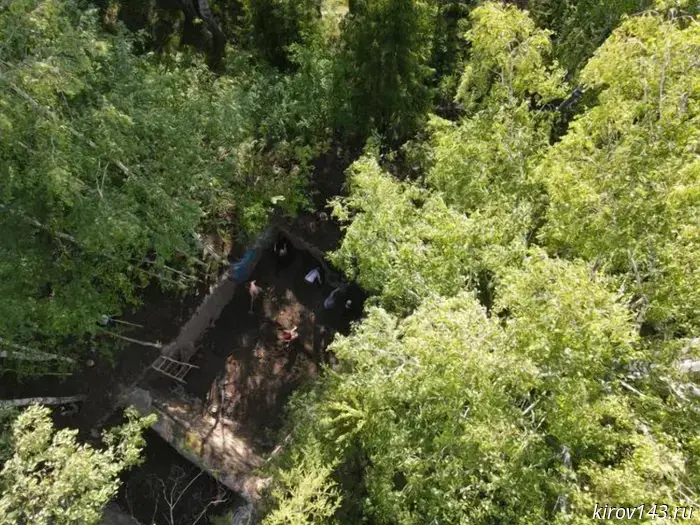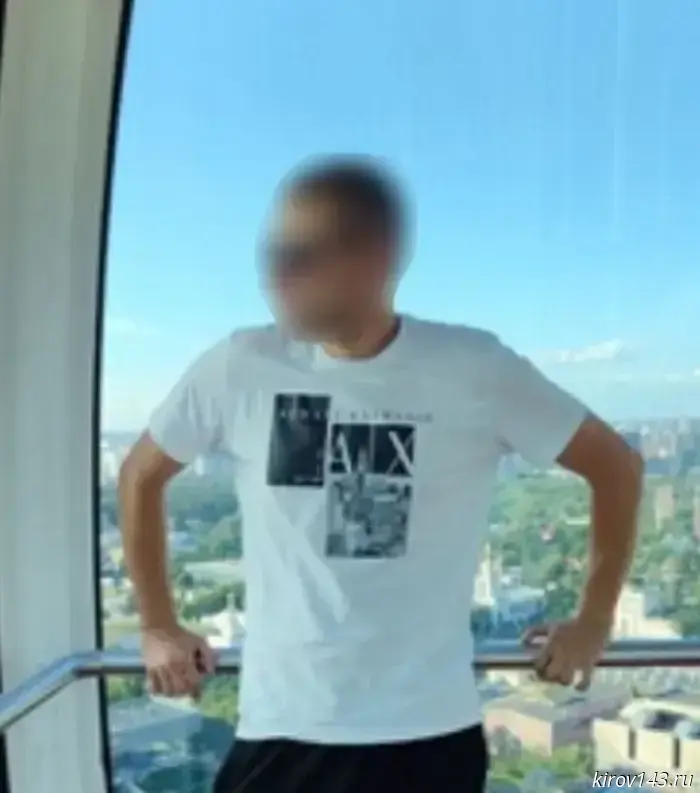
Archaeologists from VyatGU have completed excavations at the Pizhemskoye hillfort.
Since the end of the 19th century, scholars such as A.A. Spitsyn, P.A. Ponomarev, and the founder of the local history museum in Sovetsk, A.S. Lebedev, worked at the Pizhem settlement. The most recent excavations of the settlement were carried out in the 1920s by B.S. Zhukov. Some artifacts recovered from the depths of this archaeological site now adorn the halls of the State Historical Museum on Red Square.
This year the excavation work was carried out by staff and students of Vyatka State University, Kazan Federal University, personnel from the A.Kh. Khalikov Institute of Archaeology of the Academy of Sciences of the Republic of Tatarstan, the Institute of History and Archaeology of the Ural Branch of the Russian Academy of Sciences, as well as teachers from the Kirov and Sakhalin regions.
Second-year student of the Faculty of History, Political Science and Cultural Studies at VyatGU, Anastasia Poroshina, went to the excavations as part of her archaeological field practice.
"At first I could not imagine how I would be able to live for two whole weeks away from civilization, in the middle of the forest. But soon I discovered the whole charm of archaeology: the incredible joy of every new find, warm evenings by the campfire with friends. Those days became so special that after some time I returned to the Pizhma, this time following the call of my heart, because I fell in love with every detail of the place," Anastasia shared.
The total depth of the excavations amounted to 4.8 meters over an area of 78 sq. m. The parent soil (a layer of soil without traces of human activity) was encountered over 80% of the excavation.
"This time we managed to find an arrowhead, several bone amulets, a bone handle in the animal style, a spindle whorl, an iron knife and several rim fragments, the ornamentation of which indicates the existence of the settlement in the 7th century BC. In addition, soil samples were taken for flotation from different chronological horizons. This is important for understanding whether the population of the Vyatka River basin practiced agriculture in the Early Iron Age. Besides that, charcoal samples were taken from each horizon for radiocarbon dating," said Alexey Kaisin, head of the research archaeological laboratory at VyatGU.
Summarizing the data obtained during the excavations at the Pizhem settlement in 2022–2025, specialists concluded that the formation of the site's cultural layer took place over two periods:
the first phase of the Early Iron Age, 7th–3rd centuries BC;
the Medieval period, 8th–13th centuries AD.
Archaeological finds vividly reflect the economic life of the settlement’s inhabitants, in which hunting, fishing, spinning, sewing, hide processing, and the like played a significant role. A series of iron arrowheads discovered in the upper horizon testifies to the participation of the settlement’s inhabitants in armed conflicts during the Early Middle Ages.
More detailed results of past years' excavations can be found in the article.
Другие Новости Кирова (НЗК)
 A resident of Kirov Oblast was detained for inciting violence on the basis of nationality.
The man faces up to eight years' imprisonment.
A resident of Kirov Oblast was detained for inciting violence on the basis of nationality.
The man faces up to eight years' imprisonment.
 The road committee was forced to repair a section of the Belaya Kholunitsa–Kirs road.
After the prosecutor's office intervened, road crews restored the section of highway to good condition.
The road committee was forced to repair a section of the Belaya Kholunitsa–Kirs road.
After the prosecutor's office intervened, road crews restored the section of highway to good condition.
 A mass brawl broke out at an establishment on Sverdlov Street because of the behavior of a drunk woman.
Three patrons of the establishment and two security guards got into a scuffle.
A mass brawl broke out at an establishment on Sverdlov Street because of the behavior of a drunk woman.
Three patrons of the establishment and two security guards got into a scuffle.
 A three-year-old boy fell out of a window in Bakhta.
The boy was taken to the hospital, and his life is not in danger at the moment.
A three-year-old boy fell out of a window in Bakhta.
The boy was taken to the hospital, and his life is not in danger at the moment.
 A cleaner at work hit her head on the concrete floor.
An industrial accident occurred involving an employee of one of the firms in the town of Orlova, Kirov Oblast.
A cleaner at work hit her head on the concrete floor.
An industrial accident occurred involving an employee of one of the firms in the town of Orlova, Kirov Oblast.
 In Kirov Oblast, the rules for granting tax benefits to farmers have been changed.
Now transport and property tax benefits are available to enterprises engaged in industrial processing of products made from their own raw materials.
In Kirov Oblast, the rules for granting tax benefits to farmers have been changed.
Now transport and property tax benefits are available to enterprises engaged in industrial processing of products made from their own raw materials.
Archaeologists from VyatGU have completed excavations at the Pizhemskoye hillfort.
On Archaeologist's Day we talk about the Pizhem settlement — a well-known archaeological monument of the Vyatka-Vetluga archaeological culture of the Ananyino cultural-historical area of the early Iron Age (9th–3rd centuries BC), located near the village of Grekhovo in Sovetsky District of Kirov Oblast.
